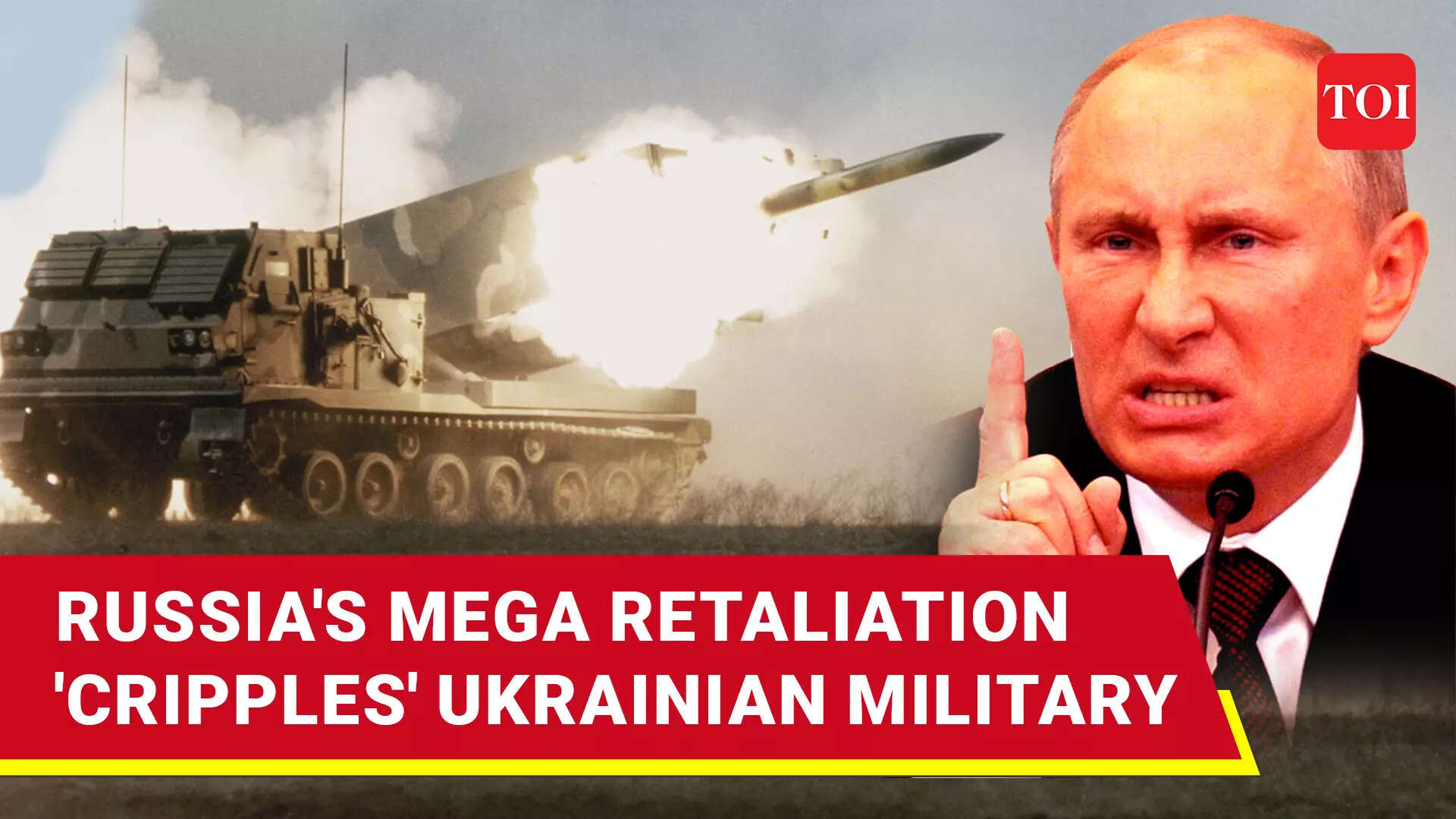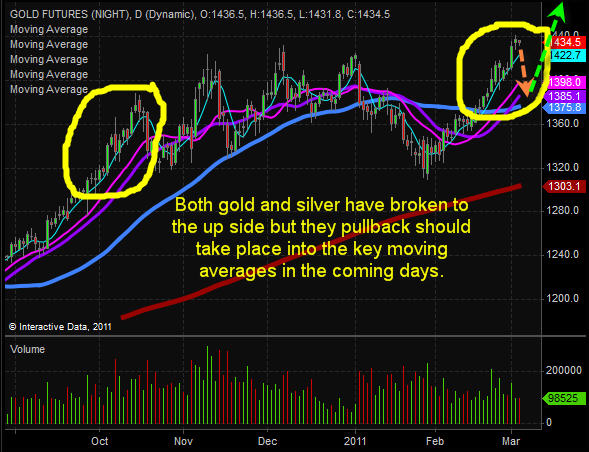Let’s be clear: Moscow isn’t offering a ceasefire out of the goodness of its heart. Kremlin spokesman Dmitry Peskov practically dared Ukraine to show any sign of genuine de-escalation during this limited pause in fighting. It’s a power play, folks, a very deliberate test of Kyiv’s willingness to even consider a lasting peace.
Peskov stated, rather pointedly, that Ukraine’s reaction to this ceasefire proposal is a measure of their “readiness for peace.” Don’t expect any sugarcoating from me – this is Russia flexing, observing to see if Ukraine will reciprocate with restraint. They’re essentially saying, “Prove you’re serious about peace, and show it.”
This pause isn’t about humanitarian concerns, though those are always welcome. It’s a strategic maneuver. Russia wants to see if Ukraine will seize the opportunity to reduce tensions or if they’ll continue to escalate. The stakes are incredibly high.
Understanding Ceasefires & Geopolitical Signaling:
A ceasefire, inherently, isn’t a resolution; it’s a pause. But the way it’s presented and the actions during that pause speak volumes.
In geopolitical contexts, a ceasefire can be a genuine attempt at negotiation, or, more often, a tactical repositioning. Russia’s ceasefire announcement coupled with Peskov’s words leans heavily toward the latter.
De-escalation, like halting artillery fire or troop movements, demonstrates a commitment to diplomacy. A lack of de-escalation, conversely, signals continued hostility and a focus on military solutions.
This situation demands careful observation. We are witnessing a live experiment in power dynamics, and the outcome will significantly shape the future of the conflict. Don’t be naive, folks – read between the lines.







